For many of us our lawns are the single biggest users of “gardening water”. Unfortunately excessive watering is wasteful and can actually be harmful to your lawn. If waterings are too light or too frequent the lawn can become weak and shallow-rooted, which in turn makes it more susceptible to stress injury. To make sure you get it right use the following steps to determine the amount of water your sprinkler or sprinkler system puts out and check its distribution pattern at the same time.
1. Determine the rate at which your sprinkler applies water to the lawn.
- Set out three to five empty cans in a straight line going away from the sprinkler. Set the last can near the edge of the sprinkler’s coverage.
- Run the sprinkler for a set time such as 1/2 hour.
- Measure the amount of water in each can.
- Each can will contain a different amount of water. Usually, the can closest to the sprinkler will have the most water. The sprinkler pattern must overlap to get an even wetness of the soil. Use this information to find out how long it takes your sprinkler to apply 1 inch of water. For example, if you find that most cans contain about 1/4 inch of water after the sprinkler runs 1/2 hour, it would take 4 x 1/2 or 2 hours to apply 1 inch.
2. Run the sprinkler long enough to apply at least 1 inch of water or until runoff occurs. If runoff occurs first:
- Stop sprinkler and note running time.
- Allow water to soak in for 1/2 hour.
- Start sprinkler.
- If runoff occurs, repeat above steps until at least 1 inch of water has been applied and allowed to soak into the soil.
3. Do not water again until the lawn has completely dried out. (This usually takes 5 or 6 days.)
- Apply enough water to wet the soil to a depth of 4 to 6 inches.
- Avoid frequent light applications of water.
- Water in early daylight hours.
- Select a turfgrass with a low water requirement.
- Avoid using soluble nitrogen fertilizers. (They promote high growth rates which, in turn, increase water requirements of the plant.)

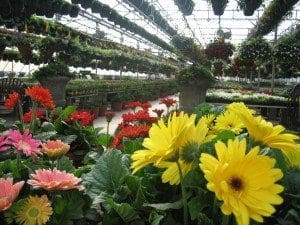

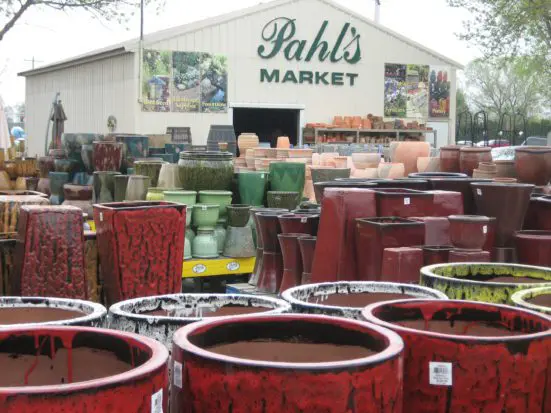














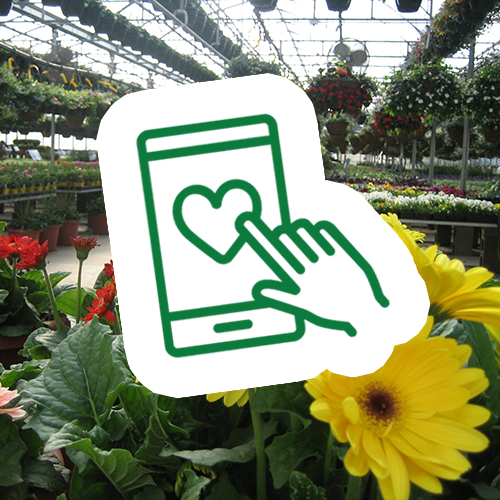
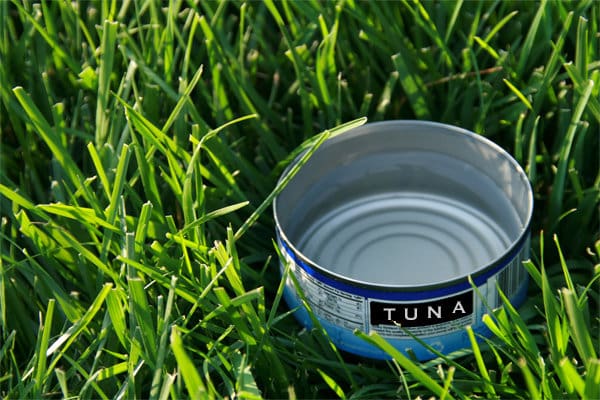
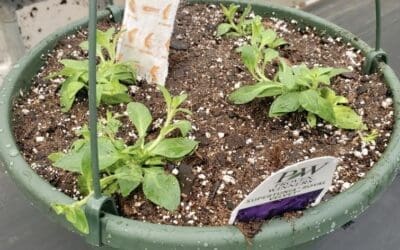


0 Comments